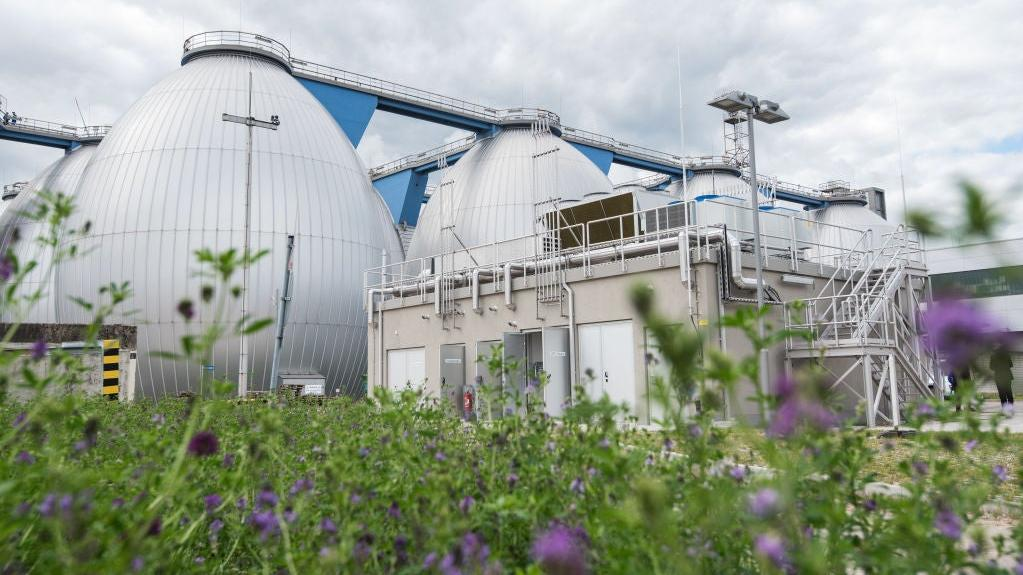Why Aren't We Betting On Biogas?
The clean, green fossil fuel alternative provides cheap energy by harnessing the power of food waste
It's been such a crazy month for news that it's hard to keep up with whatever developments each day brings. Breakfast came back to Taco Bell. Some dude shoved beans in his peen. With our brains perpetually addled by a noxious non-stop news cycle, it's easy to forget that it was barely two weeks ago that the U.N. announced the planet is literally dying.
I know it's hard to remember stories like that when the Girl Scouts announce a new cookie or a Dunkin'-lovin' duck gets TikTok famous, but please, let's try to focus on what's important. If we can't rein in climate change, there will be no ducks left to run on Dunkin'. So let's take a moment to learn about another tool in the ol' eco-arsenal that could help us save the planet: biogas.
Biogas is a fossil fuel alternative that provides cheap, clean energy by harnessing the power of... food waste. When organic materials are broken down by bacteria in in an oxygen-free environment—a process known as anaerobic digestion—it produces chemical compounds that can be used to generate heat and electricity.
How it works: organic material like food waste, lawn clippings, and dead leaves are fed into a system called an anaerobic digester, where billions of hungry bacteria gobble it up, turning it into—in technical terms—pee, poop, and farts. The resulting pee and poop are called digestate, which is often used as a natural fertilizer. The farts, or biogas, are about 50-70% methane and 30-40% carbon dioxide, with trace amounts of other gases and water vapor. Once the biogas is captured it can be used as-is as a fuel source, or it can be turned into biomethane, which can be pumped into natural gas pipelines.

Biogas may sound like a revolutionary natural solution to a modern man-made problem, but it's not new: there's evidence that biogas was trapped and burned to heat water in Assyria in the 10th century B.C., and in 16th-century Persia. So why are we not already biogassing it up all over the place? In an article for The Conversation, Dr. Ananya Mukherjee of the University of Surrey says one of the biggest obstacles to wide-scale adoption is "prejudice arising from poor public understanding."
"People we spoke to [about biogas] were concerned that local digesters would produce a nasty smell, or that their industrial appearance would blight the landscape," wrote Mukherjee. "In fact, many digesters are fairly small, and would only produce smells if the system broke down."
Once people finally let the benefits of biogas into their hearts and minds, there's another major stumbling block to get over: the price. Mukherjee writes that, depending on the size, digesters can cost between £12,000 and £158,000. (apx. $14,100-$21,700), and without government assistance or incentives, it's unlikely that communities will be able to make the switch to making their own clean, green energy.
